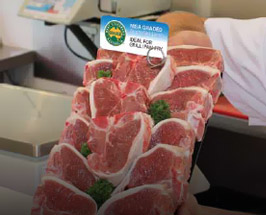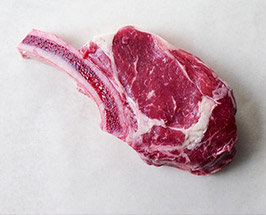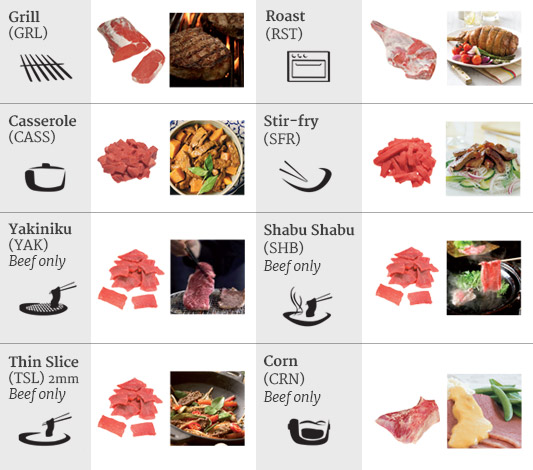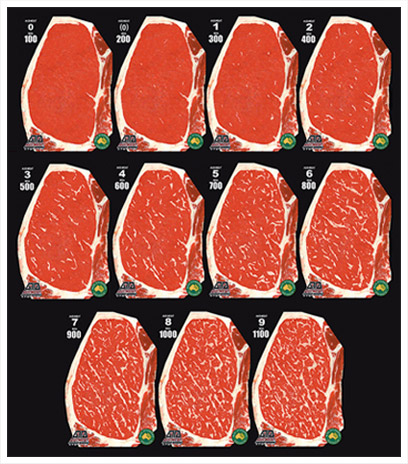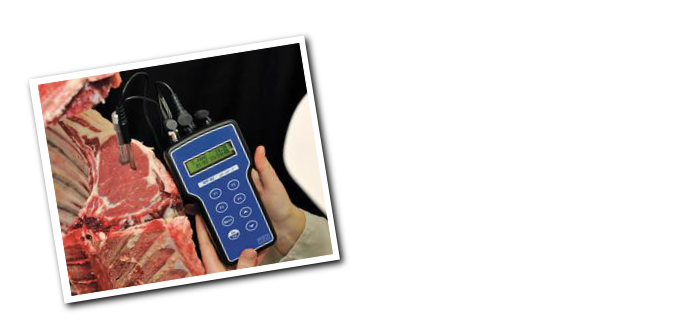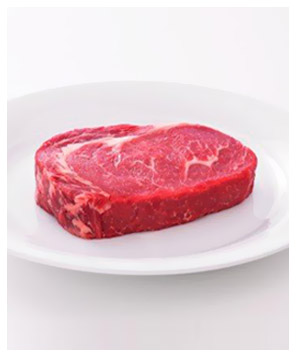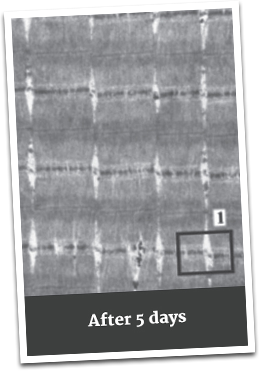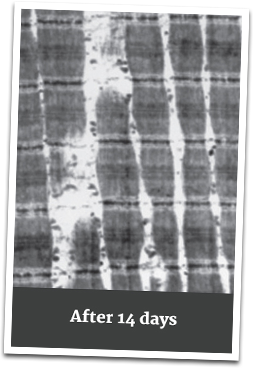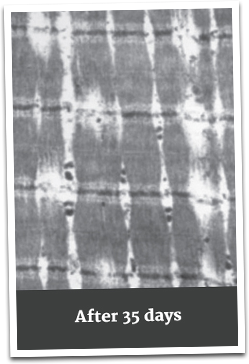Cut and cooking method
The individual cut of meat will affect its eating quality. This is due to the levels of connective tissue present and the purpose of that muscle in the live animal.
For example, a topside is a locomotive muscle in a live animal. It has a large amount of connective tissue and is tougher when eaten. The tenderloin is a structural muscle with little connective tissue, which makes it a more tender cut.
Certain cuts will also react differently to different cooking methods, resulting in different eating quality scores for one cut across multiple cooking methods.
Therefore MSA provides recommended cooking methods for each cut.
Click the Close button to return to the main screen.

